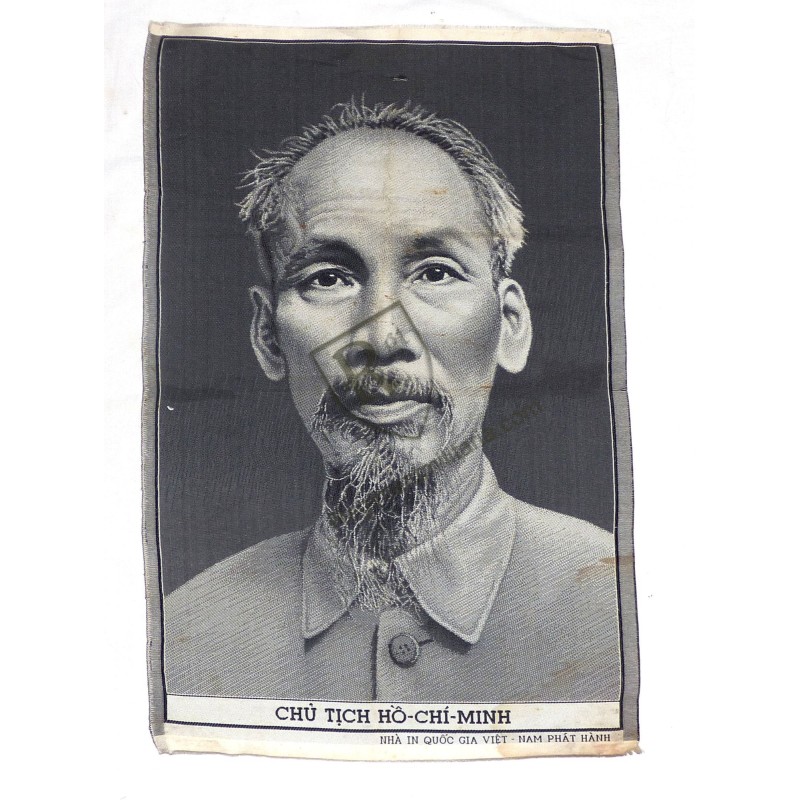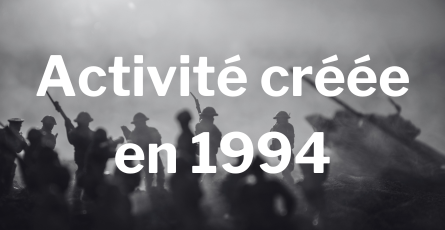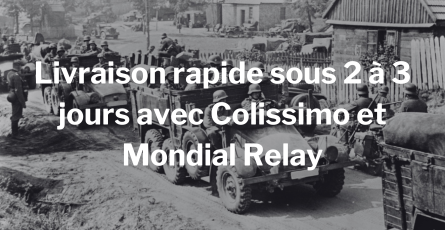

Banner

Banner









Indochina - Superb portrait on woven silk of Ho Chi Minh.
 Garanties sécurité
Garanties sécurité
(à modifier dans le module "Réassurance")
 Politique de livraison
Politique de livraison
(à modifier dans le module "Réassurance")
 Politique retours
Politique retours
(à modifier dans le module "Réassurance")
Superb portrait of Ho Chi Minh on woven silk, 42cm x 28cm, excellent overall condition (two tiny moth holes and a small 5mm tear around the edge). A very attractive display piece.
Indochina War
Beginning in 1945, Ho Chi Minh established a state bureaucracy that inherited as much from the Nguyen regime and colonial Indochina as from reforms imported from Maoist China. For him, morality represented the primary element, even the essential quality, of revolutionary fighters. Ho Chi Minh was the main figure promoted by the new government to create rallying figures capable of uniting the Vietnamese. The image of the frail, emaciated but always smiling president in his faded khaki suit became popular; His first biographies appeared, anecdotes, witticisms, and messages circulated, and his birthday was officially celebrated in 1946.
He thus adopted a personal way of exercising power and a unique status, as a unifier of the nation and supreme authority, somewhat in the imperial tradition; he was the figure of "Uncle Ho"[.] Ho Chi Minh's preferred domain was foreign affairs, in which he truly played the negotiation card. Thus, following a "Preliminary Convention" with Jean Sainteny on March 6, 1946[], he made a long stay in France from May 31 to October 20 of the same year, during which he launched a major campaign to persuade non-communist opinion to accept the idea of a peaceful transition to independence. During this stay, the goal of this visit was the Fontainebleau negotiations, which ultimately led to nothing in July[.]. At the end of this last trip to the West, he noted the Democratic Republic of Vietnam's weak influence in international decision-making. Nevertheless, he pushed the negotiation card to its logical conclusion, exploiting divisions among the French and counting on a rise of the left.
Ho Chi Minh at the Battle of Dong Khe in 1950.
On December 19, 1946, at 10:00 p.m., Ho Chi Minh evacuated Hanoi with his government, after issuing a solemn call to resistance: "Whoever has a gun, use his gun! Whoever has a sword, use his sword! If you don't have a sword, take up picks and sticks! Let everyone devote all their strength to fighting colonialism to save the homeland!" In 1948, he launched a first campaign of patriotic emulation as part of a permanent mobilization of both the peasantry and the urban population, with a threefold slogan: "beat famine, beat ignorance, beat the invader"[].
In 1950, when Stalin entrusted Mao Zedong with the leadership of the revolutionary movement in North Vietnam, Ho Chi Minh perceived the limits of internationalist solidarity[. From that moment on, he habitually tempered the influence of Mao's advisers installed among his forces by making numerous statements on the "cultural characteristics" of the Vietnamese revolution[]. In July 1954, the Geneva Accords ended the Indochina War: Vietnam was divided in two. The Geneva Accords also provided for free elections and the unification of the country, but the United States supported a coup d'état in the South that brought Ngo Dinh Diem to power, who refused to recognize these agreements. The Eisenhower administration estimated in 1956 that the proportion of Vietnamese who would have voted for Ho Chi Minh was nearly 80%. In the North, the Democratic Republic of Vietnam, presided over by Ho Chi Minh, was now internationally recognized, but the communists still hoped to unify the country.
Between 1953 and 1956, the North Vietnamese government instituted various land reforms, including "rent reduction" and "agrarian reform," which were accompanied by political repression. During the land reform campaign, more than 13,500 people were executed.
Source: Wikipedia
Reference: U2E681
Reference: F2E506
Reference: SE025
Reference: U2E776
Reference: F2E422

Indochina - Superb portrait on woven silk of Ho Chi Minh.
check_circle
check_circle